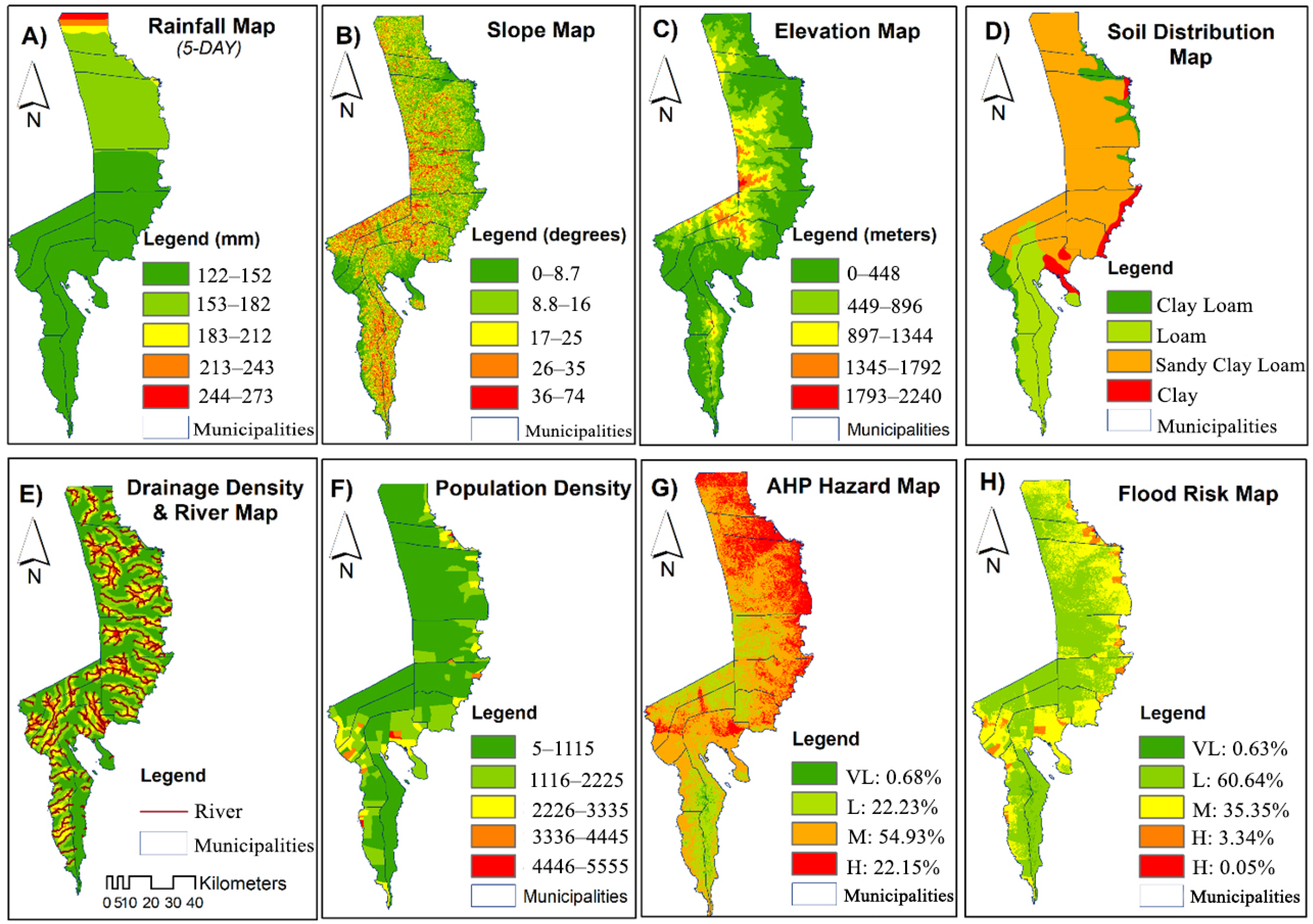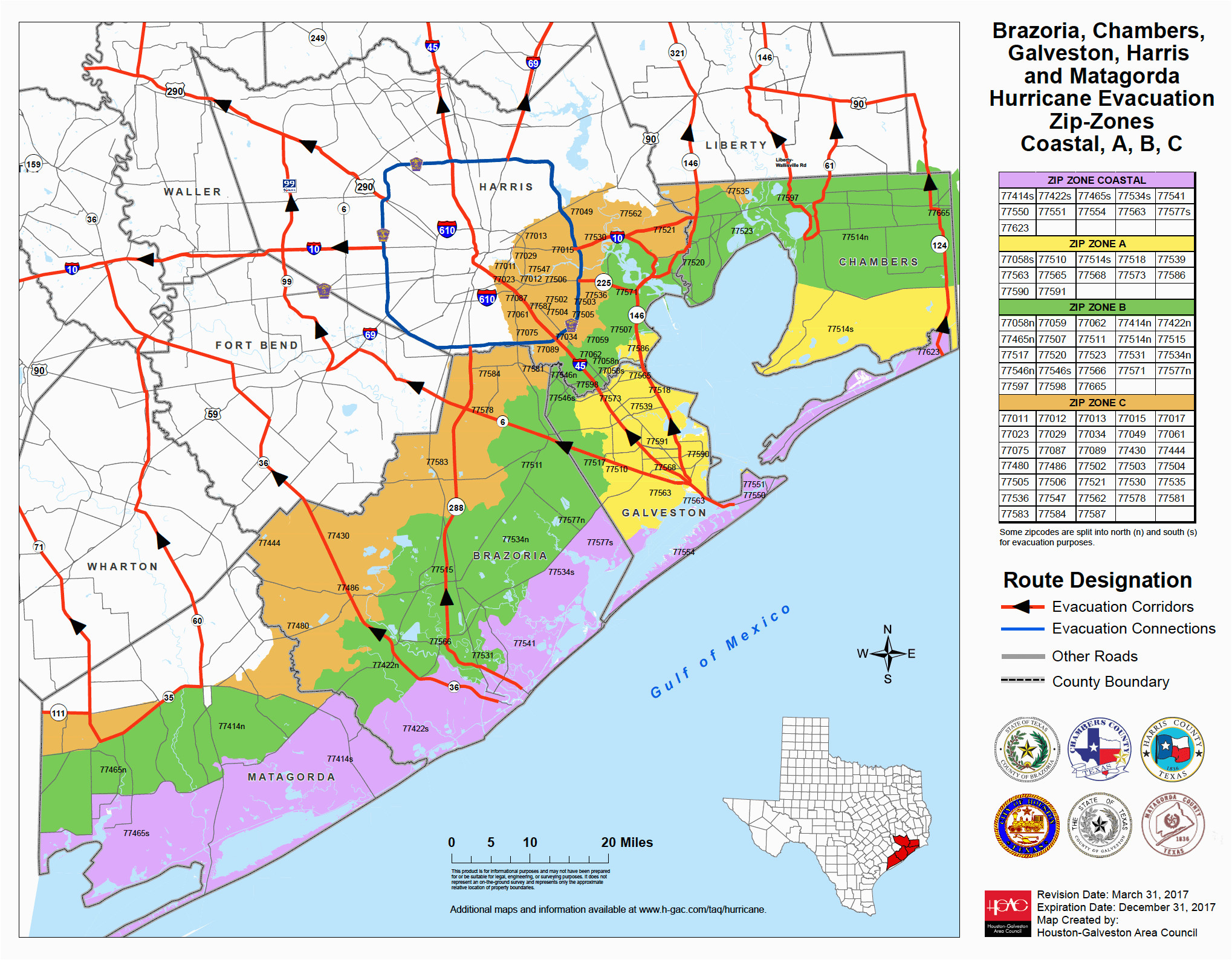
The effect of climate change on the magnitude and probability of future flood events is difficult to predict given the uncertainty of climate projections, and the variability of climate conditions and their impacts on the watershed of each riverine system. Projected changes suggest an increased risk of extreme riverine flooding which exceeds the current 1 in 100-year flood event. This can all affect river levels and flows. Local climate projections for the National Capital Region indicate trends of warmer temperatures, increased amounts of rain as well as more intense rainfall and earlier springs. In 2017 flood levels on the Ottawa River reached the 1 in 50-year flood event, and in 2019, the flood levels approached the 1 in 100-year event.More severe weather events in recent years such as heat waves, tornadoes, and significant flooding along the Ottawa River.Average temperatures have increased by 1.3 degrees Celsius since the mid 1940s.The City is currently developing a Climate Resiliency Strategy to identify the top climate risks facing Ottawa and develop steps to reduce the harmful effects of these risks. The vision of the Climate Change Master Plan is to take unprecedented, collective action that transitions Ottawa to a clean, renewable, and resilient city by 2050. The Climate Change Master Plan is a framework for how Ottawa will mitigate and adapt to climate change over the next three decades. Through this declaration, Council directed staff to embed climate change across all elements of City business. In 2019 the City of Ottawa declared a Climate Emergency. The Ontario Provincial Policy Statement provides direction to municipalities under the Planning Act and states that they must prepare for the impacts of a changing climate.

The regulatory flood plain mapping used to restrict development activity in Eastern Ontario also does not capture changes to flood magnitude or probability that are anticipated to occur with climate change. The 1 in 100-year flood event standard is lower than the regulatory flood event standards which apply in other regions of Ontario where historical flood events, such as Hurricane Hazel and the Timmins Storm, or other larger flood events apply. Development is generally prohibited in the 1 in 100-year flood plain. The 1 in 100-year flood plain is also regulated by the Conservation Authorities and subject to regulations and policies under the Conservation Authorities Act. The location of the 1 in 100-year flood plain is identified in the flood plain overlay of the City of Ottawa Zoning By-law (Section 58). Regulatory event standards are defined by region and for Eastern Ontario it is the 1 in 100-year flood event. The Ministry of Northern Development, Mining, Natural Resources and Forestry defines the regulatory flood event standard for flood plain mapping. Useful resources for residents and property owners are available from the City of Ottawa and the Province of Ontario. Ensuring they have the appropriate insurance for their property.Adjustments to how belongings are stored in basements.This also helps build resiliency to future climate conditions. Property owners and residents can reference the flood plain maps to review the potential risks to their properties and take steps to protect them. Visit Conservation Ontario or your local Conservation Authority for more information on the role of conservation authorities. Flood forecasting and warning within their watershed.Implementing policies and requirements for flood proofing or flood protection where minor development is approved in a flood plain.Regulation of development in the hazard area or alterations to the watercourse.Inform emergency preparedness and response plansĬonservation Authorities use the maps to fulfill their mandates for:.Inform risk assessments and adaptation planning.Direct land use planning through the Official Plan and Zoning By-Law.The City of Ottawa uses flood plain mapping to:

Flood plain mapping in the City of Ottawa The City, Conservation Authorities, and property owners all have a role to play in flood risk management.

Effective hazard and risk management will often involve a combination of measures. This mapping is critical for the effective management of riverine flood risks through prevention/mitigation of risks, protection of people and property, and emergency preparedness and response planning. Flood plain mapping identifies the areas that may experience flooding due to rising water levels in a watercourse.


 0 kommentar(er)
0 kommentar(er)
